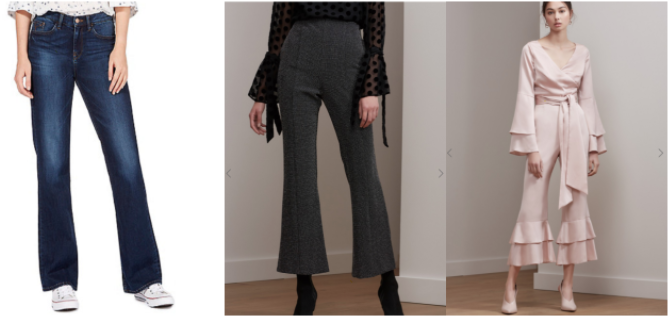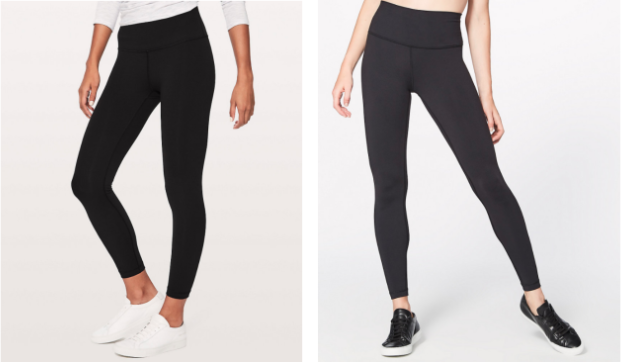- April 12 2018
How Product Search Experience is Affected by Inconsistent Taxonomies
Taxonomy is commonly referred to as the classification of things. In retail, taxonomy discerns the name of an item, its classification, and organizes items by the product search characteristics. In an ideal world, taxonomies utilized by retailers should allow customers to easily and quickly locate products that they are looking for while browsing. Interestingly, when developed carefully by examining past consumer behavior and history, taxonomy can indeed serve as a useful catalyst to drive improved search results and more accurate product discovery; and as a result, consumers feel more encouraged to add on more items to their cart, thus leading to higher conversion rates.
Correspondingly, retail industry accepted standards apply when it comes to taxonomy. But that’s just what they are: only recognized in the retail industry. Taxonomies vary, and consumers are more likely to search in accordance to keywords that come naturally into their mind with no regards to accuracy. Take for example classifications such as boot cut jeans and bell bottoms:

Search results for bootcut on different fashion websites
For the everyday person, bootcut jeans can be mistaken for incorrect taxonomies such as “flare jeans” or “straight leg jeans”. Similarly, bell bottoms can be mistaken for “flare bottoms”, and many consumers may not even know the right product search terminology for these bottoms in the first place. Consequently, when users are unable to find what they are looking for or lack the knowledge of what the proper fashion terminology for a particular clothing is, both user experience and conversion rates are impacted.
Hence, the inherent challenge here is the need to bridge the space between retailer catalogs and product taxonomies. This gap becomes even more strikingly evident during subcategory classification, where detail and context are nearly always a requisite for successful identification of a certain product. For instance, consumers can find it difficult to distinguish between ⅞ leggings and full length leggings without explicit labels or a mannequin wearing it to display its length. Meanwhile, the retailer could be using ⅞ length leggings as the principal means of identification for an item.

Same, but different!
Left 7/8 lululemon wunder under leggings (slightly more above the ankle), Right full length lululemon wunder under leggings
Universal Taxonomy in Product Search
It is fair enough to consider universal taxonomy as the solution to enhance product search results and close the gap. With a homogenous classification system utilized across all retailers, product tagging consistency can most definitely be improved. However, getting all retailers to agree to a universal taxonomy is virtually impossible because a majority of retailers already have their own internal languages and standards regarding their products. Yet, a potent internal language that retailers’ consumers become familiar with over a period of time can also be seen as an upper hand when it comes to competition.
Algorithmic Model in Product Search
Introducing various machine learning training models such as an algorithmic model has numerous benefits. Algorithmic models remove frequently occurring confusions throughout manual tagging process, and grants retailers the ability to tag their product catalogs on the basis of customized taxonomy that have been put into place. Further, this model can be trained to identify visual differences between clothing items that look similar – an example being a shift versus skater skirt. That way, product tagging accuracy can skyrocket. In addition, because such models also offer correctional consistency, it yields consistent reclassification across categories when products have identical characteristics. With that said, machine learning and computer vision does have its drawbacks. These solutions are not perfect, and subcategory classification can be exigent in some situations such as length or plus-size clothing.
In sum, closing the gap between reducing the complexity in product search and taxonomies is a continuous process, and multiple – and not single – solutions should be considered. More precisely, clothing retailers should provide a smooth system that is able to invariably categorize items for a smooth and swift discovery for customers, regardless if the customer utilizes keyword or image search. And although AI-based solutions are not a hundred percent flawless, using computer vision and machine learning can provide options that are readily available for retailers. On top of that, in order for a retailer to focus on their customers and their user experience, AI-based solutions can also be optimized with the desired user experience in mind.

